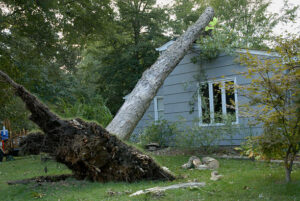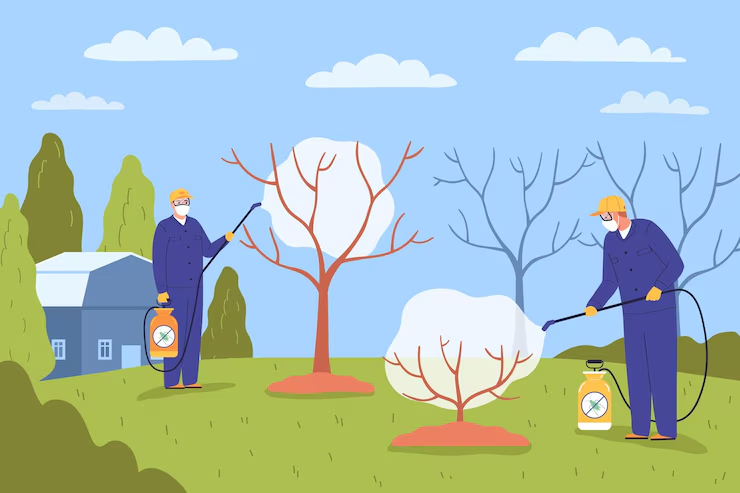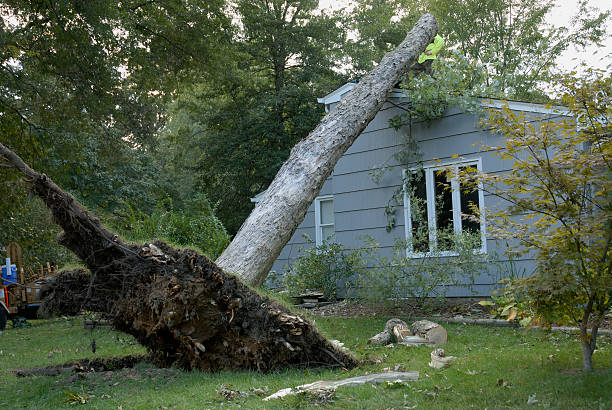Title: What are the Carbon Sequestration Benefits of Trees?
Introduction:
As the world faces increasing challenges related to climate change, understanding the natural processes that can help mitigate these issues has become crucial. One such process is carbon sequestration, where trees play a vital role. Trees are essential in combating global warming by absorbing carbon dioxide (CO2) from the atmosphere. This source context explores how trees contribute to carbon sequestration and why their preservation is important for a sustainable future.

1. Carbon Sequestration Explained
Definition:
Carbon sequestration is the process by which trees, plants, and soil capture and store carbon dioxide, a greenhouse gas responsible for global warming.
How It Works:
Trees absorb CO2 from the atmosphere through photosynthesis, converting it into oxygen and glucose. A significant portion of the carbon is stored in the tree’s biomass—trunk, leaves, roots, and branches. Some carbon also enters the soil as tree roots decay. This makes trees essential to controlling the carbon levels in the atmosphere.
2. The Role of Trees in the Carbon Cycle
Photosynthesis:
Through photosynthesis, trees absorb CO2 from the air, converting it into carbon compounds, which are then stored in the tree’s structure.
Storage in Biomass:
The carbon stored in the tree can remain locked for decades or even centuries, depending on the tree species and environmental factors.
Long-Term Carbon Storage:
When trees die and decompose, carbon is released back into the atmosphere. However, when trees are allowed to live longer, they continue to act as long-term carbon sinks.

3. Types of Trees and Their Sequestration Potential
Hardwood Trees:
Trees like oak, maple, and walnut tend to sequester more carbon due to their larger size and longer lifespan.
Coniferous Trees:
Species like pine, fir, and spruce can also sequester significant carbon, especially in colder climates where they live longer.
Fast-Growing Trees:
While species like poplars and willows grow quickly and sequester carbon at a faster rate, they may not store as much carbon over their shorter lifespan.
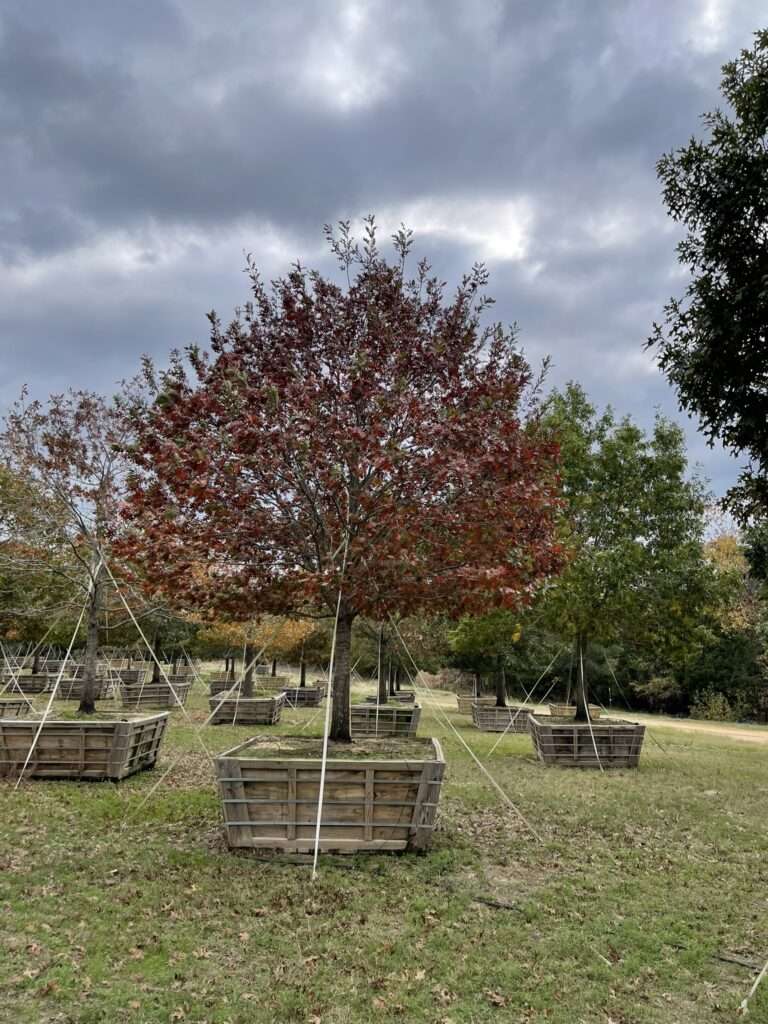
4. Carbon Sequestration in Forests vs Urban Areas
Forests:
Mature forests are among the most significant carbon sinks on Earth, absorbing vast amounts of CO2 over centuries. Forests with a mix of tree species can sequester more carbon due to biodiversity and better growth conditions.
Urban Trees:
Urban trees, while not as large or long-living as forest trees, still play an important role in local carbon sequestration. In cities, trees help mitigate air pollution, reduce urban heat islands, and enhance the quality of life for residents.
5. Carbon Sequestration Benefits for Climate Change Mitigation
Reduction of Greenhouse Gas Emissions:
Trees help lower atmospheric CO2 levels, thereby reducing the concentration of greenhouse gases that contribute to global warming.
Sustainability:
By planting and preserving trees, we create long-term carbon sinks that can offset emissions from human activities, contributing to the fight against climate change.
Global and Local Impact:
Globally, the carbon sequestration benefits of trees are immense. On a local scale, urban trees reduce the carbon footprint of cities by removing carbon from the atmosphere.

6. The Benefits of Tree Preservation for Carbon Sequestration
Long-Term Carbon Storage:
When mature trees are preserved, they continue to capture and store carbon for decades, making tree preservation essential for maintaining carbon balance.
Avoiding Carbon Release:
Cutting down trees can release stored carbon back into the atmosphere, which undermines the benefits of carbon sequestration.
Reforestation and Afforestation:
Planting new trees in deforested areas (reforestation) or previously barren land (afforestation) can significantly increase global carbon sequestration.
7. Tree Care and Carbon Sequestration
Proper Tree Maintenance:
Maintaining the health of trees through pruning, watering, and soil care ensures they continue to thrive and sequester carbon efficiently.
Soil Carbon Sequestration:
Healthy trees contribute to soil health by adding organic matter, which helps store additional carbon in the soil.
8. Carbon Sequestration and the Economy
Carbon Credits:
In some regions, tree planting and preservation efforts are tied to carbon credit programs, where individuals or companies can earn credits for the carbon dioxide their trees absorb, providing an economic incentive for tree conservation.
Job Creation:
The growing emphasis on environmental sustainability, including carbon sequestration, has created jobs in forestry, landscaping, and environmental conservation.
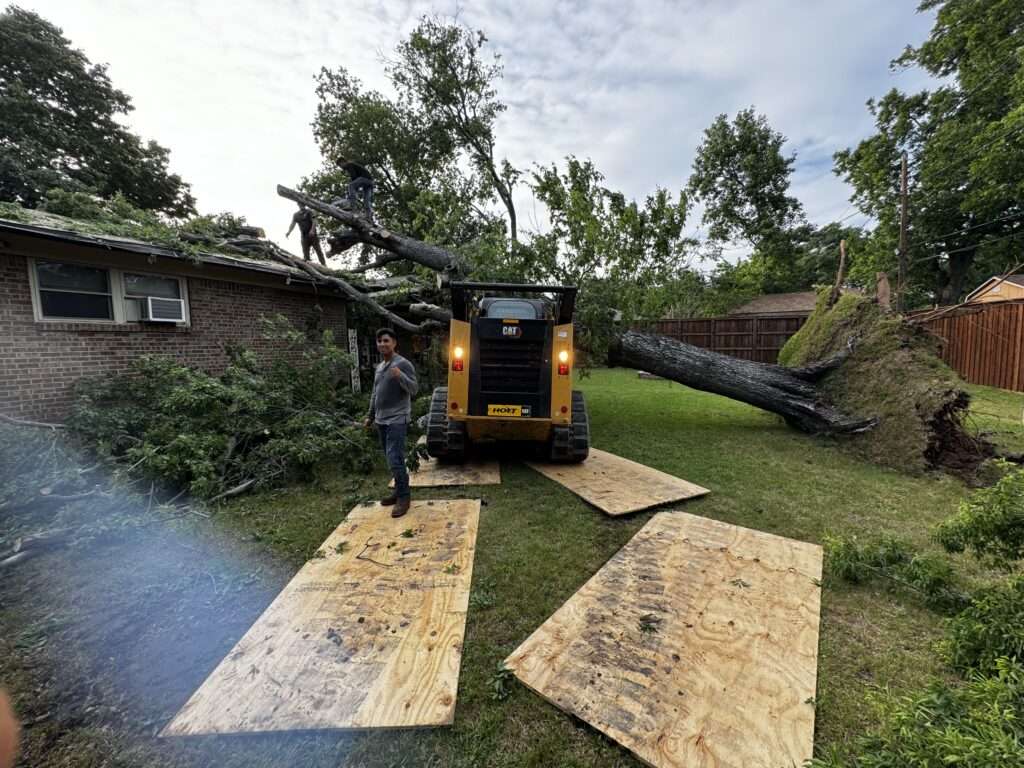
Conclusion
Trees are an essential part of the global effort to combat climate change. Their ability to sequester carbon, both in forests and urban areas, makes them one of the most cost-effective and natural solutions for reducing greenhouse gas concentrations. By preserving existing forests, planting new trees, and maintaining their health, we can help mitigate the impacts of climate change while improving the environment for future generations.
Internal Links:
- Tree Removal Services in Fort Worth
- Emergency Tree Services
- Tree Trimming and Pruning
- Stump Grinding and Removal
- Lot Clearing Services


